 您的购物车当前为空
您的购物车当前为空
Prothrombin (474-477) [Mus musculus]
一键复制产品信息Prothrombin (coagulation factor II) is produced in the liver and is post-translationally modified in a vitamin K-dependent reaction that converts ten glutamic acids on prothrombin into gamma-carboxyglutamic acid. Prothrombin is proteolytically cleaved to form thrombin in the coagulation cascade, which ultimately results in the stemming of blood loss.
![Prothrombin (474-477) [Mus musculus]](https://cdn.targetmol.cn/group3/M00/03/28/CgoaEWY7Q0yEPVVWAAAAABLvk3E674.png)
Prothrombin (474-477) [Mus musculus]
一键复制产品信息Prothrombin (coagulation factor II) is produced in the liver and is post-translationally modified in a vitamin K-dependent reaction that converts ten glutamic acids on prothrombin into gamma-carboxyglutamic acid. Prothrombin is proteolytically cleaved to form thrombin in the coagulation cascade, which ultimately results in the stemming of blood loss.
| 规格 | 价格 | 库存 | 数量 |
|---|---|---|---|
| 1 mg | ¥ 393 | 3-6月 | |
| 5 mg | ¥ 1,113 | 3-6月 | |
| 10 mg | ¥ 1,833 | 3-6月 | |
| 25 mg | ¥ 2,553 | 3-6月 |
产品介绍
| 产品描述 | Prothrombin (coagulation factor II) is produced in the liver and is post-translationally modified in a vitamin K-dependent reaction that converts ten glutamic acids on prothrombin into gamma-carboxyglutamic acid. Prothrombin is proteolytically cleaved to form thrombin in the coagulation cascade, which ultimately results in the stemming of blood loss. |
| 体外活性 | Activation of prothrombin is crucial in physiological and pathological coagulation. Various rare diseases involving prothrombin have been described (e.g., hypoprothrombinemia). Anti-prothrombin antibodies in autoimmune disease may be a factor in the formation of the lupus anticoagulant, also known as antiphospholipid syndrome. Hyperprothrombinemia can be caused by the G20210A mutation. Thus, manipulation of prothrombin is central to the mode of action of most anticoagulants [1]. |
| 分子量 | 528.6 |
| 分子式 | C26H36N6O6 |
| 密度 | no data available |
| 存储 | Powder: -20°C for 3 years | In solvent: -80°C for 1 year | Shipping with blue ice/Shipping at ambient temperature. |
| 溶解度信息 | DMSO: ≥52.9 mg/mL, Sonication is recommended. |







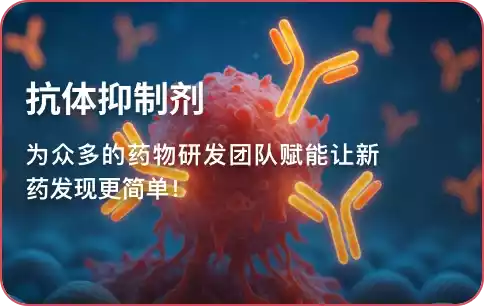


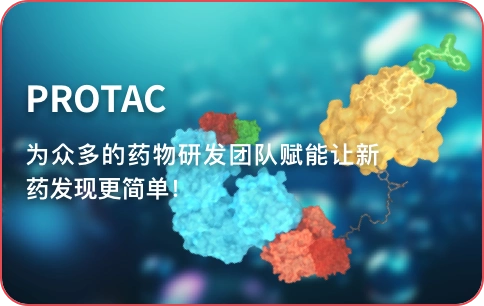
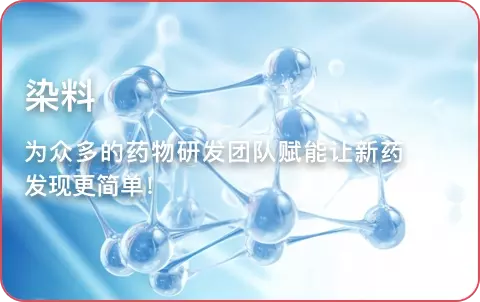



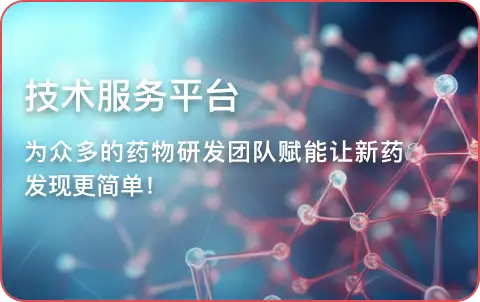
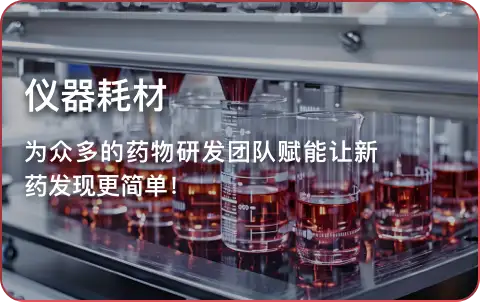
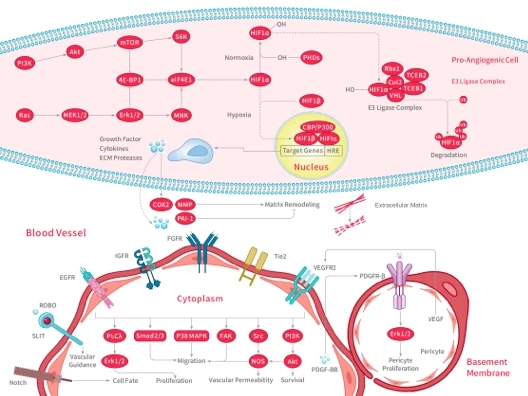
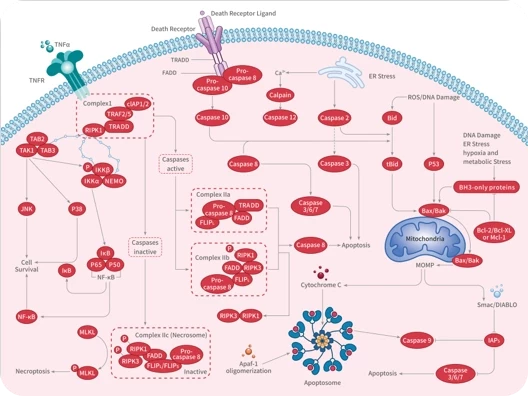
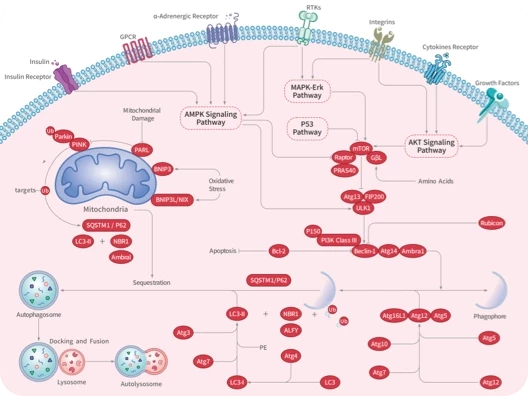

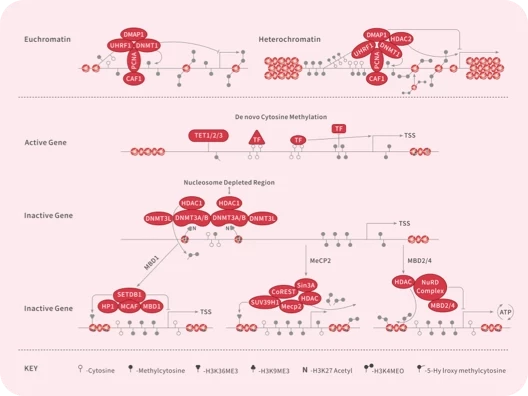

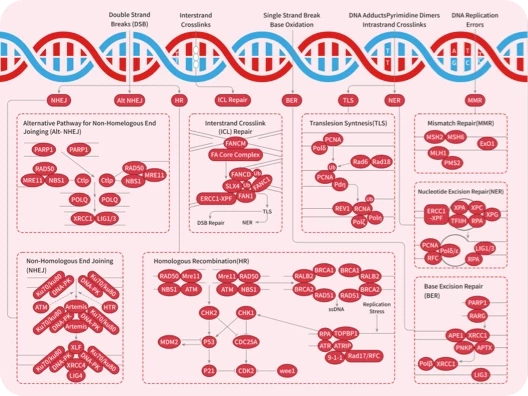
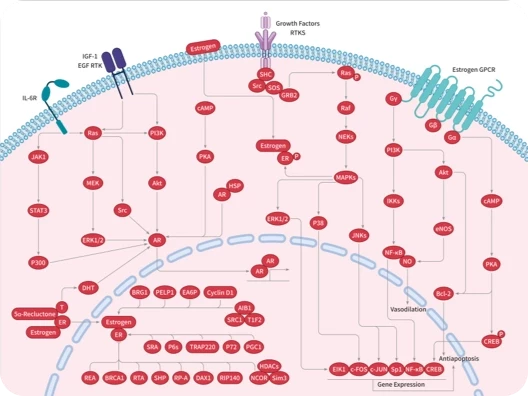
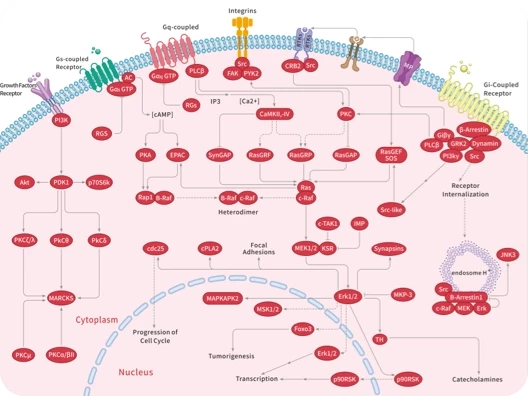
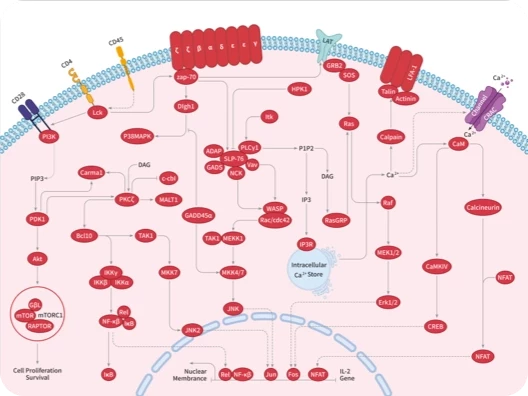
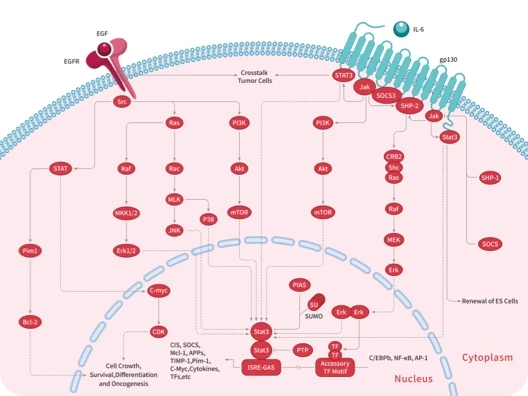
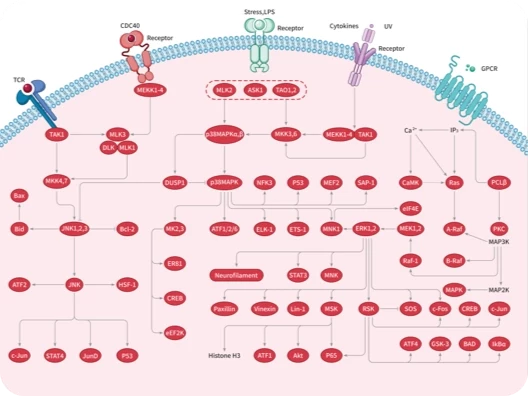
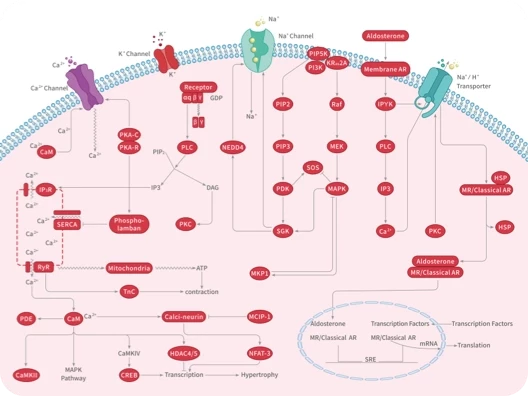
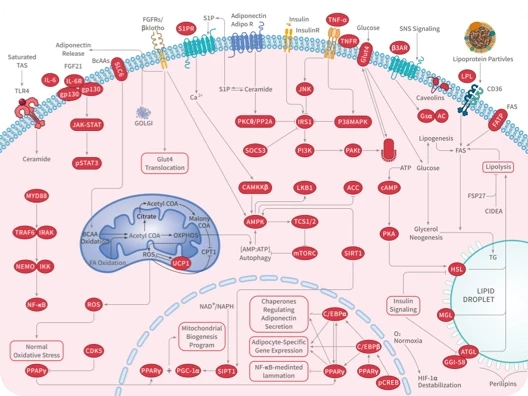
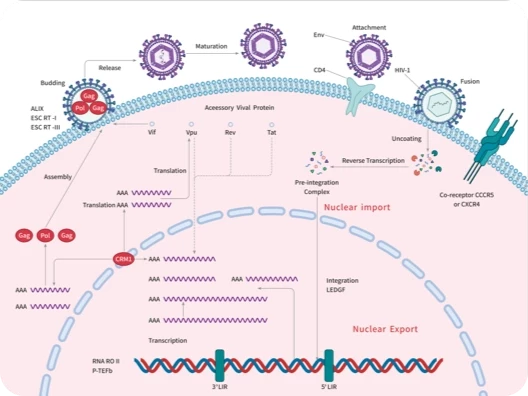

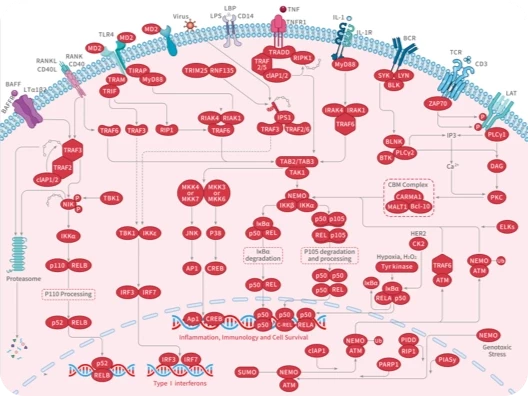

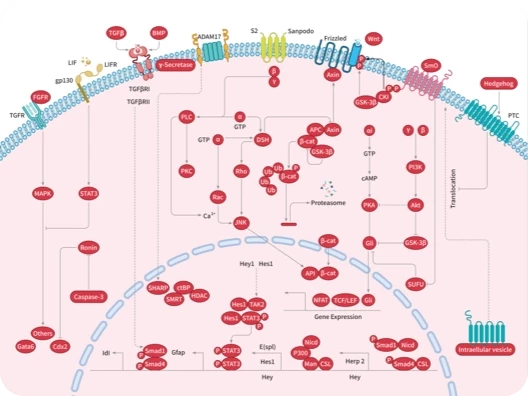
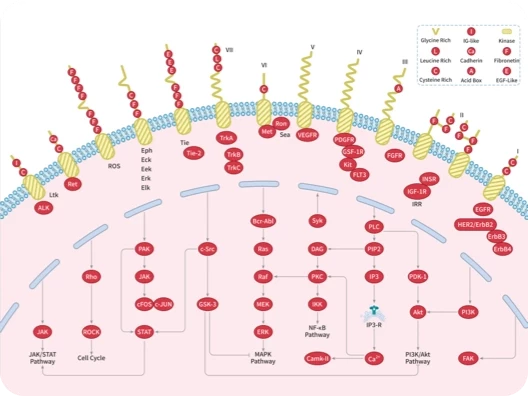
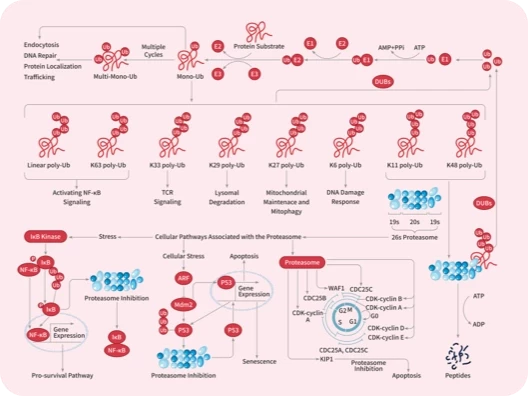


 还可以
还可以

 |
|
评论内容